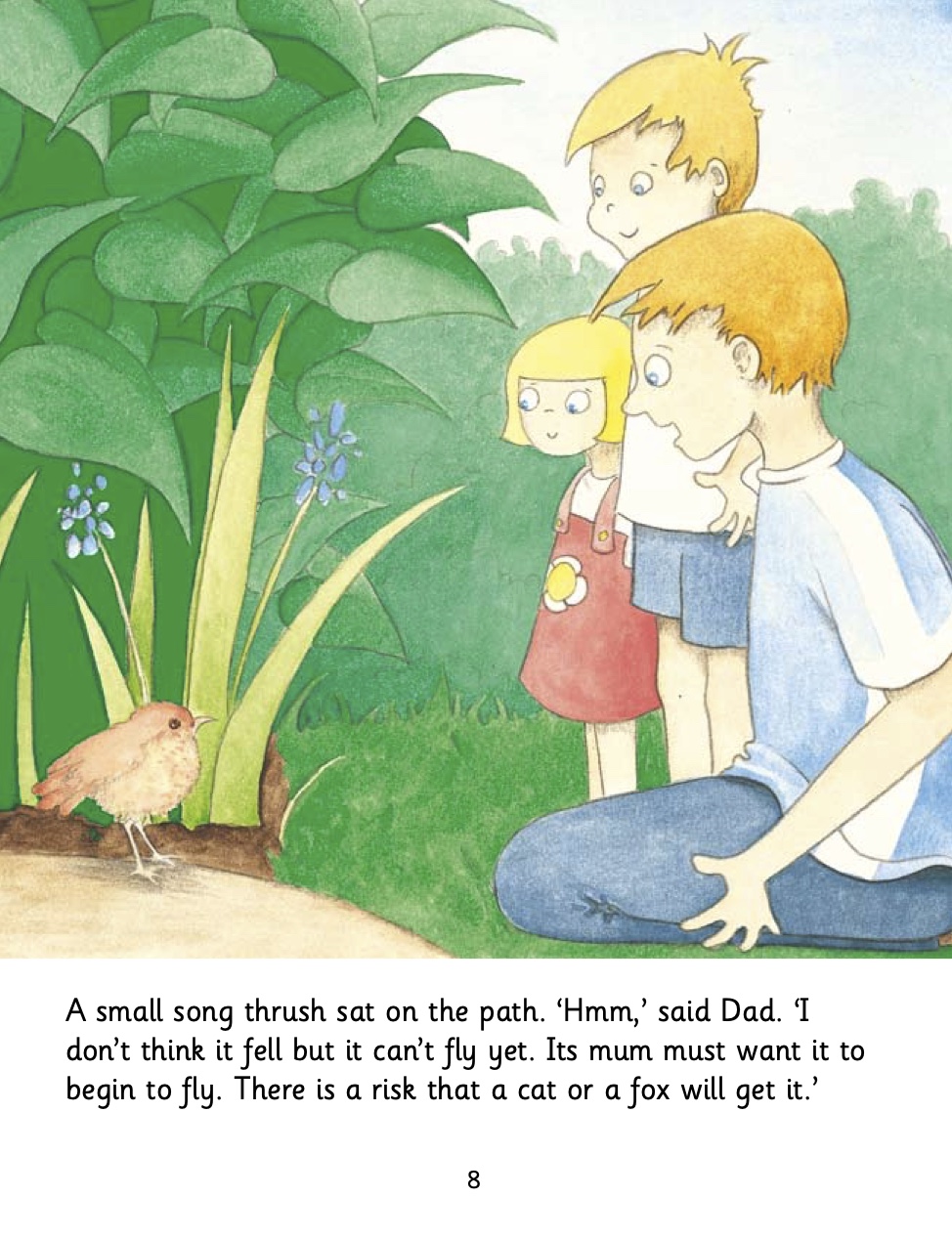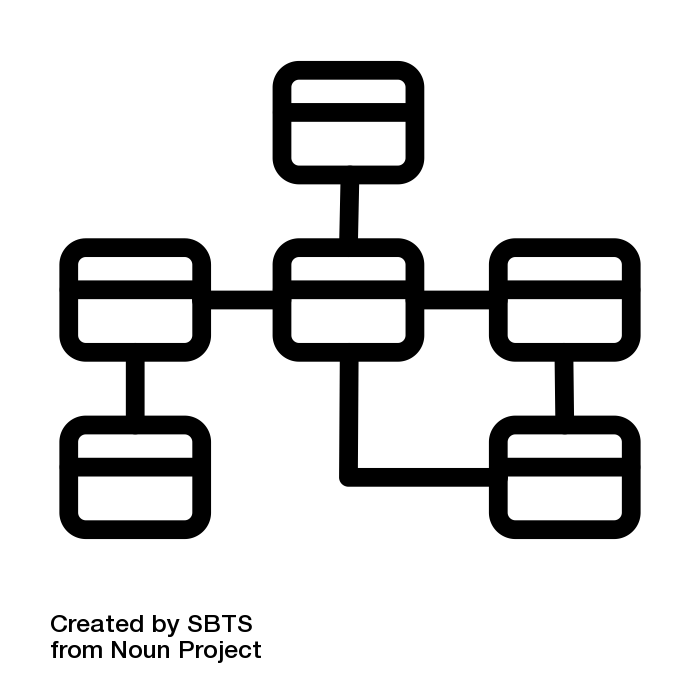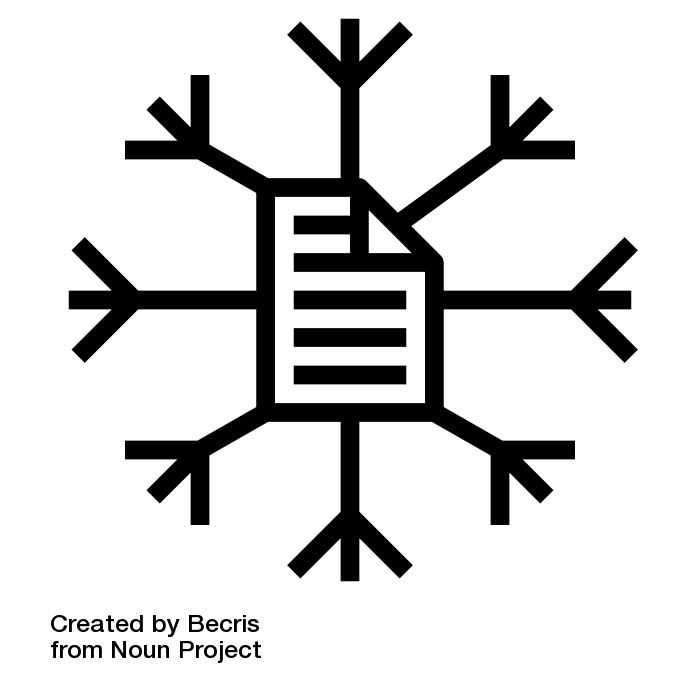Shh Silent letters at work – again!
Frankly, I thought that the notion of ‘silent letters’ had gone out with the Ark. Evidently not! What still doesn’t seem to be understood by some advocates of phonics is that all letters are silent! All letters are silent because letters, singly or in combination, are symbols for the sounds in speech. Speech is biologically… Continue reading Shh Silent letters at work – again!







